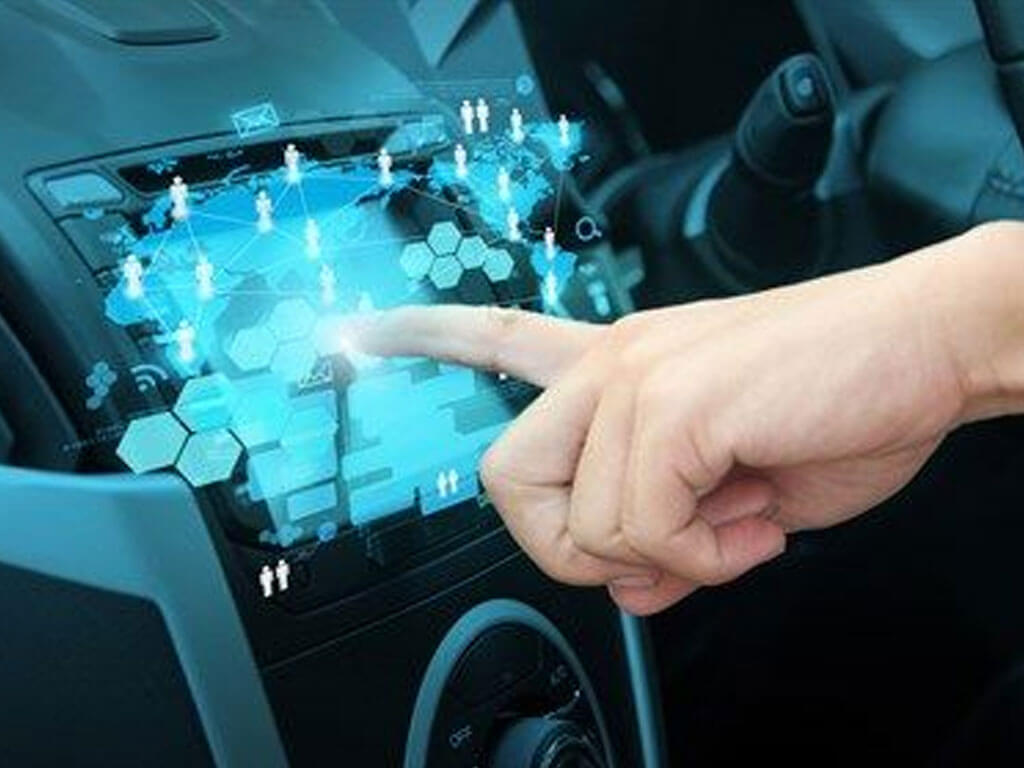Author: Tom Stinton
As an Internet of Cars fast becomes a reality, are auto finance providers ready to take advantage of the new opportunities in connectivity?
Smart and connected: two words that reflect today’s ultra-modern world. The automotive industry has been a little slow to take advantage of these two things … but that’s starting to change.
We live in a digital world surrounded by devices. These devices are not only getting smarter; they can also talk amongst themselves as well as to us. This connectivity means they can operate even more intelligently, with more automation and, in doing so, be more useful.
So, how should automotive companies begin their digital journey? What opportunities might an intelligent, connected car (like KITT) offer?
A smart, connected home
Before we look at the connected car, let’s take a quick look at how we’re already taking advantage of smart devices around the connected home.
Take Nest, for instance. This smart, connected thermostat not only lets you control your heating from your mobile, tablet or laptop; it learns about your habits and your home. Nest gets to know the temperature you like when you’re at home, turns itself down when you’re away and even learns how your home warms up.
In my last post I talked about how Nest could even help us manage our bank accounts.
So, how does this apply to the car?
A smart, connected car
Each smart, connected device is just part of what we call the Internet of Things. And as cars become smarter and more connected, they are becoming part of the Internet of Things too. Some are even calling this phenomenon the Internet of Cars.
Cars are becoming as connected as a smartphone. That 4G LTE allows the car to access the web, which could be useful for all sorts of stuff. Your car could use it to stream real-time data back to its manufacturer for them to analyse and let you know early on if something is not running as well as it should be. Or it could use it to send real-time data to your insurance company, who might lower your premium if they can see that you drive safely.
But there’s a problem, a little hiccup that has been limiting the potential of the connected car…
… and that issue is with how our connected cars talk to us.
Getting the interface right
The connected car needs to communicate with the driver, through an interface that both optimises that interaction and ensures it’s safe.
Tech giants Apple and Google – along with a number of car manufacturers – have had a go at creating one, but their solutions were too much like a smartphone interface. Drivers needed to take their eyes off the road to find the right icon for an app before they could even get started. These solutions didn’t really work.
But a new type of interface is starting to blossom.
Speak to me!
Remember KITT from Knight Rider? The “artificially intelligent electronic computer module in the body of a highly advanced, very mobile, robotic automobile” – as Wikipedia describes it – or should I say him?
Well, cars are certainly becoming more intelligent and we’ve seen how well a natural language interface can work through the likes of Siri. So, could our cars soon be more like a cross between Siri and KITT?
We might be asking them to book a restaurant or schedule a meeting, as we already do Siri. But, more immediately useful than that, we could ask them to direct us to the nearest charging point or turn on the climate control.
And as our cars become smarter, they could learn about our driving style and set routes to suit or even book themselves in for a service if something wasn’t quite right. And a boon for auto finance, they could even manage their own finances and send us gentle payment reminders or search out better deals.
The driver would constantly have a helpful passenger alongside – and they could keep their eyes on the road.
One step at a time
It will be a few years before cars get this advanced, but there are some steps that motor finance providers could be taking today in preparation for that future.
The trick is to take one step at a time. Start small and simple with your minimal viable product – or MVP. This might be a digital channel that allows your customers to service their car finance loan, for instance.
Digital innovations for vehicle finance providers
Build your MVP, get it in front of your customers and ask your customers what they think. Grow as you learn. Evolve your service based on what they say. It’s a simple loop – but it works.
Then add new functionality. Maybe allow your customers to use messaging to access support, or to ask for a quote or apply for car finance digitally.
After all, the Internet of Things is here and cars will become increasingly become part of it. Are you ready to take your first steps towards the many opportunities it will bring?
Free download
Targetting More Digitally Engaged Customers
By Simon Cadbury. We explore why the increasingly digitally engaged world requires more from their banks, and how you can meet expectations.














